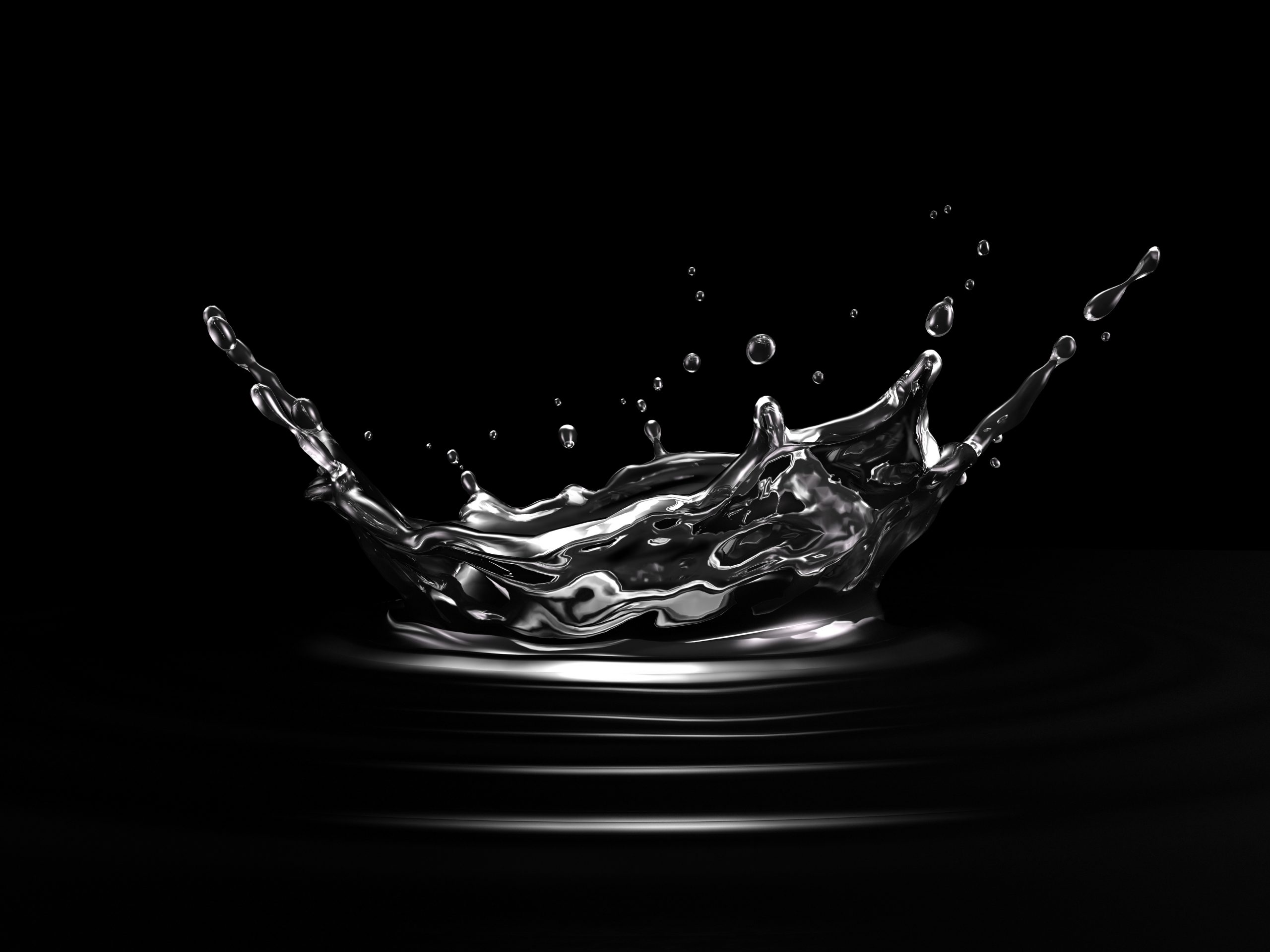
Have you seen the latest Rolls-Royce? The Black Badge Ghost. It’s the blackest Rolls-Royce ever specified, featuring the “deepest, darkest, heaviest black” ever put on a Rolls-Royce. The marketing for this new edition is almost all around the all-encompassing black colour scheme.
However, the most exclusive and sought after of all blacks is something called Vantablack. It is the darkest manmade material on the planet, and uses nanoparticles to absorb virtually all light. It has properties useful to industry, and naturally, has attracted the interest of the art world where a celebrated artist obtained exclusive rights to the use of the blackest black. Another responded by creating the pinkest pink pigment, and making it available to anyone to buy except the aforementioned artist with rights to Vantablack. Colour can certainly stir emotions.
The fact is colour is a primal concept that informs, affects, and inspires us every day. We care about colour and respond in different ways to colours, thanks to their weight of associations, such as black for luxury and pink for affection.
This is the realm of colour psychology: the study of how colour affects human behaviour and emotions. It is widely believed the ability of colours to evoke certain emotions is linked to memories that we have of those specific tones from throughout our lives.
Colour’s central role in our lives is highlighted by the annual interest in Pantone’s colour of the year. Each year, there seems to be more coverage as the media have come to understand the level of interest in this announcement. According to the company, the “courageous” periwinkle shade Very Peri encourages personal inventiveness and creativity.
Your marketing clients will be tuned into colour psychology as their goal is to create a connection with their audience, building brand awareness and loyalty. Without consciously realizing it, consumers are already making assumptions about the style and tone of a brand simply from the colours present.
So, the dominant and secondary colours used can tell you a lot about what your clients are trying to communicate. Let’s pick just a handful of colours to illustrate how the choice of colour in marketing collateral send signals and evokes emotions.
Red is one of the most popular colours used by marketeers, and for good reasons. It’s a powerful tone that can stimulate strong emotions. It is used by brands to represent characteristics such as action, boldness and even hunger as seeing red accelerates the blood flow, and in turn, the metabolism, which can make us hungry. Hence Coca Cola, KFC, and McDonalds all use red extensively.
Then there’s blue with its association with calm and stability. Ford, Facebook, and American Express use blue to express these concepts.
Lastly, orange, which can convey creativity, adventure, and friendliness. It is good at capturing attention and is used by EasyJet and Harley Davidson.
So, to gain, a richer and more insightful appreciation of how your clients aspire to engage with their customers, take a good look at the colours that predominate in the items you print for them. The importance of colour can’t be overestimated. The impressionist master Claude Monet would agree. He said, “Colour is my day-long obsession, joy, and torment.” Yeah, a bit extreme maybe, but those of us who are not tortured geniuses can also appreciate the beauty and meaning of colour.
John Blyth is marketing and communications manager, Ricoh Graphic Communications,Ricoh Europe.
Print this page
